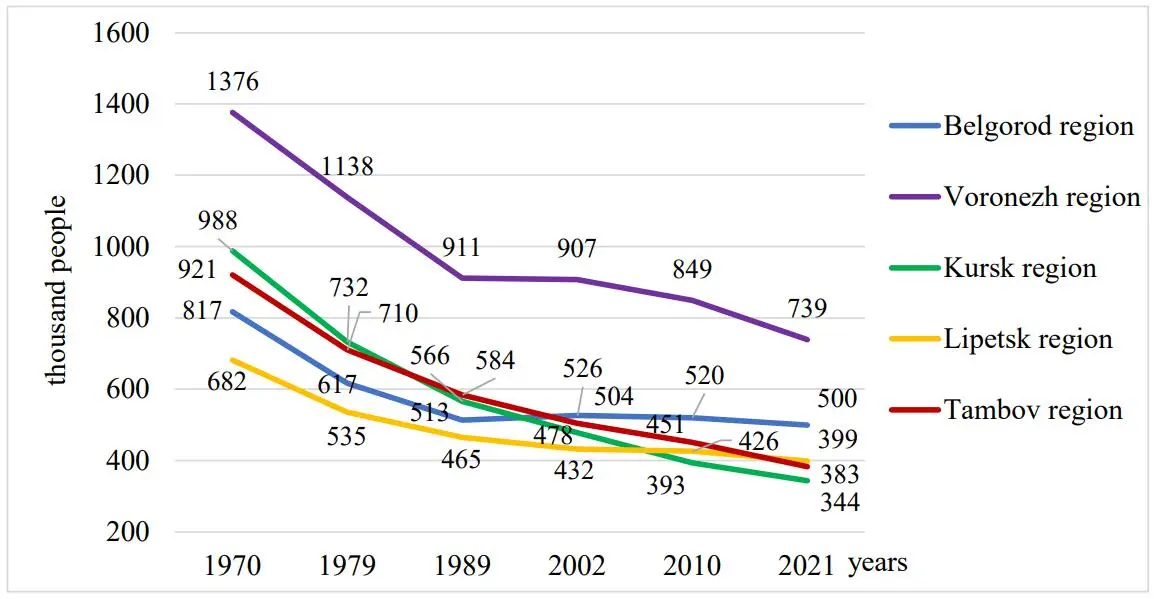Found 10 results
Open Access
Article
26 December 2025Leveraging Productivity Analysis for Smallholders’ Sustainable Development: Dairy Efficiency in Central Madagascar’s Crop-Livestock Family Farms
Milk production in developing African countries is a viable path for smallholders’ sustainable development. Supporting interventions should be shaped by evidence from comprehensive, context-specific analyses. Using survey data, this study contributes to the development-oriented literature on dairy productivity in African smallholder systems by conducting the first stochastic frontier analysis in the Malagasy context. Focusing on milk producers in central Madagascar’s crop-livestock family farms, a stochastic frontier production function with inefficiency effects is developed. The fitted frontier comprises the number of cows, annual purchased feed expenditure, farmer’s labor, and total household assets owned. Distance from the frontier is explained by the use of improved breeds, integration in the regional milk zone, farmer years of experience, the presence of off-farm income, and the number of oxen owned. Technical efficiency ranged from 4.6% to 90.8% around a mean of 55.5%. Results revealed how, in this context, cows are embedded in diversified family farming systems where resources are allocated across production activities and household needs. The study’s multidisciplinary stochastic frontier analysis provides a more complete picture to guide research and policy for smallholders’ sustainable rural development.
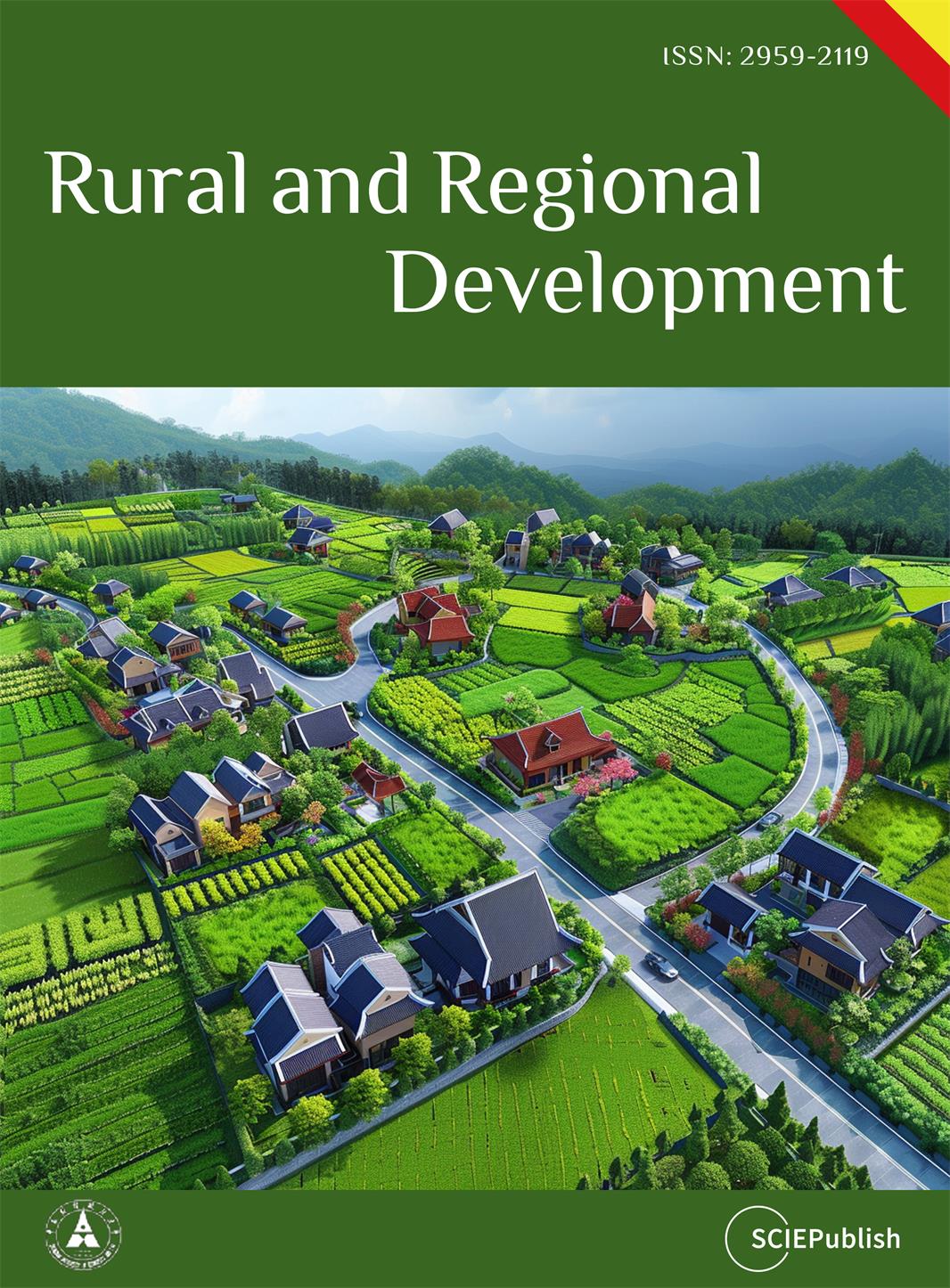
Open Access
Article
06 November 2025Sustainable Recycling Mechanisms for Waste Cooking Oil in China’s Third-Tier Cities: Evidence from Restaurant Practices
The conversion of waste cooking oil (WCO) into biodiesel is a key strategy for advancing energy sustainability, particularly within China’s rapidly expanding restaurant industry. In third-tier cities such as Shantou, Guangdong Province, WCO collection faces unique challenges. Through in-depth interviews with 20 restaurant operators, this study identifies multiple barriers to effective WCO management, including an aging population, underdeveloped local economies, limited technological infrastructure, and unequal access to educational opportunities, all of which hinder the adoption of advanced filtration systems and broader environmental sustainability initiatives. Moreover, the non-standardized operations of third-party WCO collection services, coupled with space constraints in small restaurant kitchens, further exacerbate inefficiencies in recovery processes. To address these challenges, this study develops a comprehensive framework for WCO collection that is adaptable to regions with similar socio-economic conditions. Integrating grounded theory, Interpretive Structural Modeling (ISM), and Latent Dirichlet Allocation, the framework fills critical gaps in existing research. The analysis reveals that government financial incentives occupy the foundational layer of the ISM hierarchy and serve as a key driver of recycling behavior among restaurant operators; educational attainment enhances awareness and compliance but is moderated by structural constraints; and trust in third-party recyclers exerts a relatively limited influence. Correspondingly, H1 receives qualitative support, H2 is partially supported, and H3 gains only limited support. Building on these findings, the study proposes a multi-stakeholder governance framework that includes a “community-school-family” education system, an intelligent third-party management platform, and a government-led industrial chain to promote the formation of a closed-loop circular economy. The results demonstrate that the proposed framework not only offers actionable policy recommendations but also facilitates the adoption of sustainable practices and deepens the understanding of socio-economic and operational factors affecting WCO management, thereby providing strong support for energy and environmental sustainability.
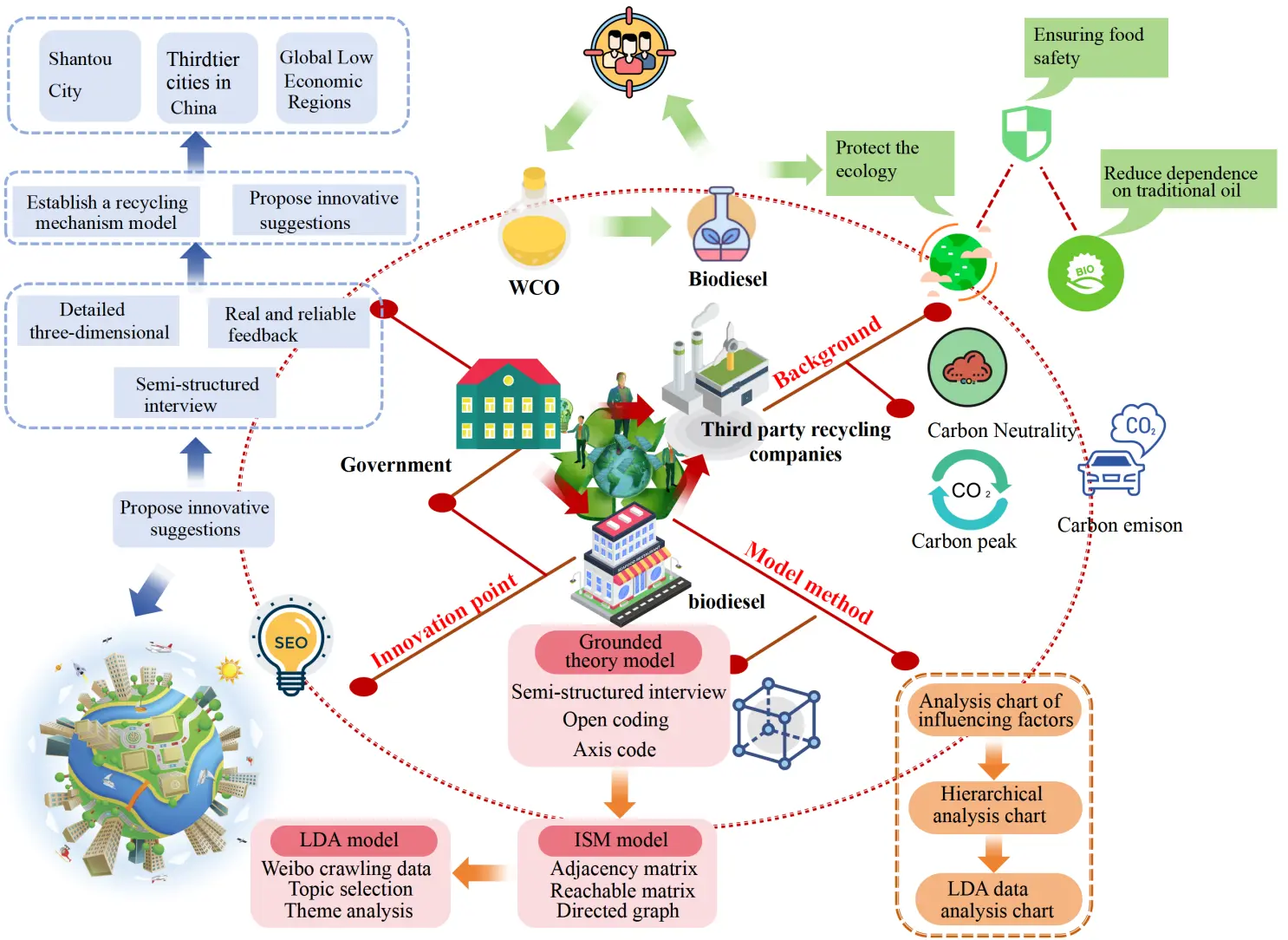
Open Access
Article
17 October 2025Bioenergy Technology and Carbon Intensity in U.S. and China: Threshold Roles of Capital Accumulation, Education and Inequality
Bioenergy technology holds significant promise for reducing carbon intensity and fostering sustainable development, yet its impact remains unclear. This article employs both a panel threshold model and a random forest model, analyzing data from the primary administrative regions in the United States and China to explore the threshold effects and regional heterogeneity of bioenergy technology on carbon intensity, where the bioenergy technology is measured using patent data. In the United States, the impact of bioenergy technology on carbon intensity initially shows a positive effect, which later turns negative as per capita capital stock increases. The technology’s inhibitory effect strengthens with higher levels of education but becomes insignificant as the Gini coefficient rises. In China, increasing per capita capital stock shifts the impact of bioenergy technology from negative to insignificant, while higher education levels enhance its inhibitory effect. The Gini coefficient, however, does not significantly affect the impact of technology. Additionally, these threshold effects exhibit notable regional variations. The study provides cross-country evidence of how institutional and structural conditions shape the carbon mitigation effects of bioenergy technology, offering practical insights for policies that combine trade facilitation, education, and inequality reduction with low-carbon energy transitions.

Open Access
Article
23 September 2025Promoting Sustainable Development through Community Education on Flood- and Storm-Resistant Architecture
Pakistan is experiencing climate-induced disasters such as floods and storms with an increased frequency and intensity every single year. This study aims to explore the integration of resilient architecture into environmental education as a pathway toward sustainable development and disaster risk reduction. The research examines current levels of understanding regarding flood- and storm-resistant building practices and identifies key barriers to their adoption in high-risk regions of Pakistan. The study used a mixed-methods approach by administering surveys. These surveys were administered to 500 community members in different cities of Sindh and Punjab. The study also incorporated two in-depth case studies: the Heritage Foundation’s low-cost housing initiative in Makli, Sindh, and the Aga Khan Agency for Habitat’s Safe Housing Program in Chitral, Khyber Pakhtunkhwa. These cases provide valuable insights into effective, culturally appropriate, and scalable models of resilient construction in Pakistan. Findings of the present study reveal that public awareness of resilient architecture is below a satisfactory level, with common misconceptions. Challenges, including high costs, lack of technical knowledge, and minimal government support, were identified as significant obstacles. Despite these issues, communities showed strong interest in learning about safer building practices when exposed to practical examples and local success stories. The study recommends integrating resilient construction education into community outreach, school curricula, and builder training programs. It also advocates for greater government involvement, financial incentives, and replication of proven models to foster widespread adoption of resilient architecture for long-term sustainability.

Open Access
Article
27 February 2025Deciphering How Promoting Flower-Viewing Economy for Construction of Harmonious-Villages in Mountainous and Hilly Areas
Sustainable development in mountainous and hilly regions is a critical component of global sustainability efforts. These regions are facing numerous challenges, including ecological fragility, labor migration, and resource scarcity and imbalance. Addressing these issues is imperative for sustainable development; this study identifies two primary conditions necessary for sustainable development in mountainous regions: achieving human and nature’s sustainable development, which provides reliable material support and social support for achieving the same in the mountainous and hilly regions. The flower-viewing economy, derived from transforming China’s mountain agriculture, is an efficient new format for mountainous and hilly regions. To verify these primary conditions, this study constructed a flower-viewing economy from three dimensions: material support, subject relationship, and expectation, using the peach blossom festival in Tingzi Village, Taihe Town of Chongqing City, as an example. Here, we explained that a sustainable development model focused on benefiting farmers is an endogenous, farmer-centered pathway to sustainable development, highly relevant to promoting sustainable development in developing countries’ mountain villages.
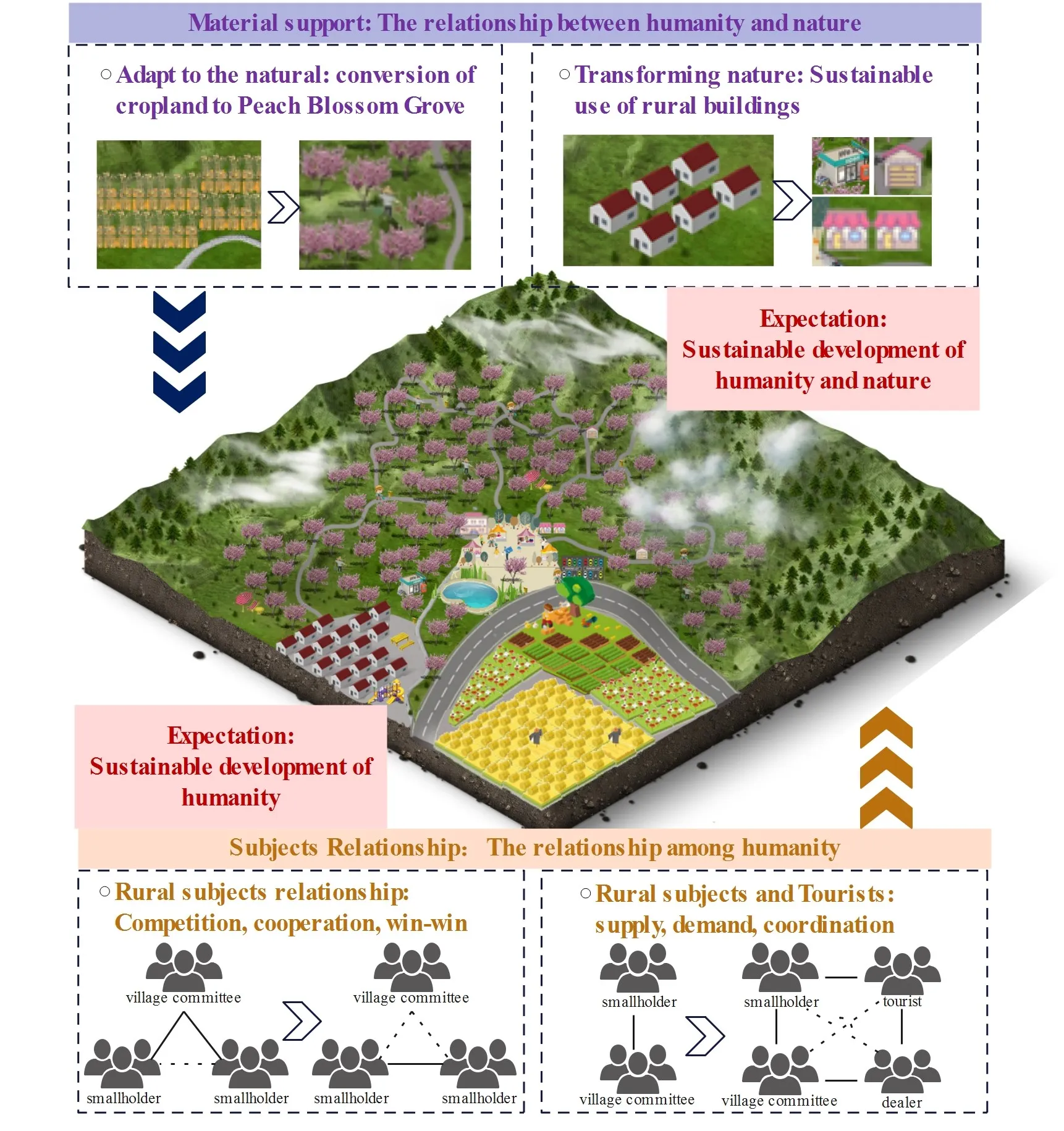
Open Access
Review
01 April 2024Desperately Seeking Sustainable Human Well-Being: A Review of Indicators, Concepts, and Methods
Evaluating progress in human development and well-being is imperative for policymakers to assess the impact of their policies. Traditional measurement methods focus mostly on economic growth and socio-economic objectives, often neglecting vital components of the natural environment, particularly the ecological determinants essential for the sustainability of human well-being. The tension between sustainability and development becomes apparent as the recognition of the dependence of human well-being on the natural environment and ecosystem services is crucial for safeguarding the environment for present and future generations. This highlights the necessity for indicators that capture the intricate relationship between human well-being and environmental changes while addressing the challenges posed by the tension between sustainable practices and traditional development models. This paper presents a literature review examining the domains, dimensions, and indicators related to the sustainability of human well-being regarding economic, social, and natural environments. Emphasizing the multidimensional nature, this paper highlights the drawbacks of relying solely on socioeconomic indicators for assessment. The review explores diverse concepts and methodologies proposed to evaluate the components and multidimensional factors influencing the sustainability of human well-being. Ultimately it offers a holistic understanding serving as a foundation for further research and policy development.
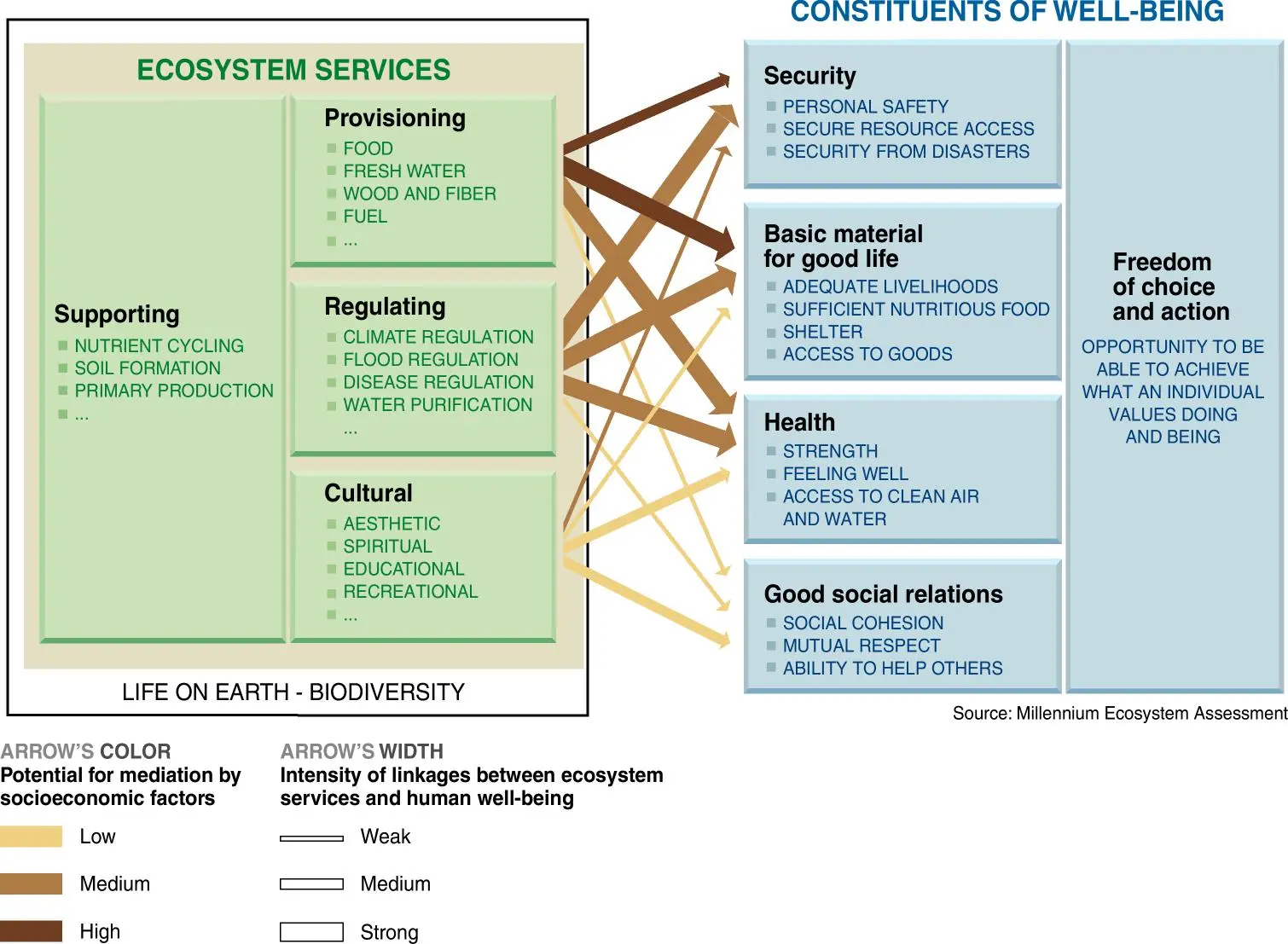
Open Access
Article
08 March 2024Green Synthesis of Gold Nanoparticles for Catalytic Reduction of 4-Nitrophenol and Methylene Blue for Sustainable Development
Unique structural features and wide applications of gold nanoparticles (GNPs) are inspiring researchers to develop biocompatible, reliable and cost-effective methods for their synthesis. Herein, a clean, eco-friendly and non-toxic method to obtain GNPs was developed by reducing and capping the liquid extract of stem of Lilium longiflorum and highlights the catalytic reduction of 4-nitrophenol (4-NP) and methylene blue (MB). The formation of GNPs was confirmed through the absorption peak at 535 nm in the UV-Vis spectra. TEM and HRTEM analyses reveal GNPs spherical morphology with an average size of 4.97 nm. SEM and EDX analyses further elucidate the spherical nature of GNPs and elemental composition. FTIR spectroscopy analysis demonstrates that the GNPs were coated with organic compounds, which prevent the nanoparticle from aggregation. GNPs exhibit remarkable efficiency in reducing 4-NP and MB. The catalytic efficacy of the synthesized GNPs was demonstrated through the enhanced reduction rates of 4-NP and MB, with rate constants of 1.50 min−1 and 1.29 min−1, respectively. This study develops a novel and eco-friendly technique for the synthesis of gold nanoparticles and opens possibilities for the green synthesis of other metal nanoparticles. The confirmed catalytic activity holds promise for a range of industrial applications and environmental sustainability.
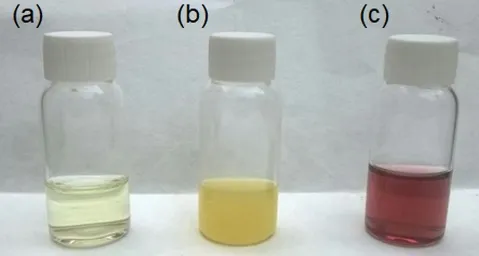
Open Access
Article
18 February 2024The Sustainable Development Concept in the Polish Legal Space from a Legal-Dogmatic Perspective
The sustainable development concept is of crucial importance for the socioeconomic development processes, not only at the international community level, but also—or, perhaps, particularly—at the national or even local levels. The aim of the article is to demonstrate, from a legal-dogmatic perspective, the place, role and significance of the sustainable development concept in the Polish legal space. This perspective applies to both the state policy intended to formulate a strategy which provides a basis for law-making processes and to find normative solutions making it possible to reconcile legally protected values which sometimes compete with one another, with account taken of the needs of future generations. The sustainable development concept has been very broadly followed in Poland not only in the legal doctrine, but also in the doctrine of economic and social sciences. This term has turned out to be such an effective political catchword that it has been commonly abused and, therefore, it has lost a good deal of its social importance; this makes it substantially more difficult to apply a normative approach to the issues related to the implementation of the concept in legislative practice. In the Polish legal space, the sustainable development concept has become the leading theme of many documents and legal acts, particularly those concerned with environmental protection, but also, although to a much more modest extent, those addressing the issues of socioeconomic development.
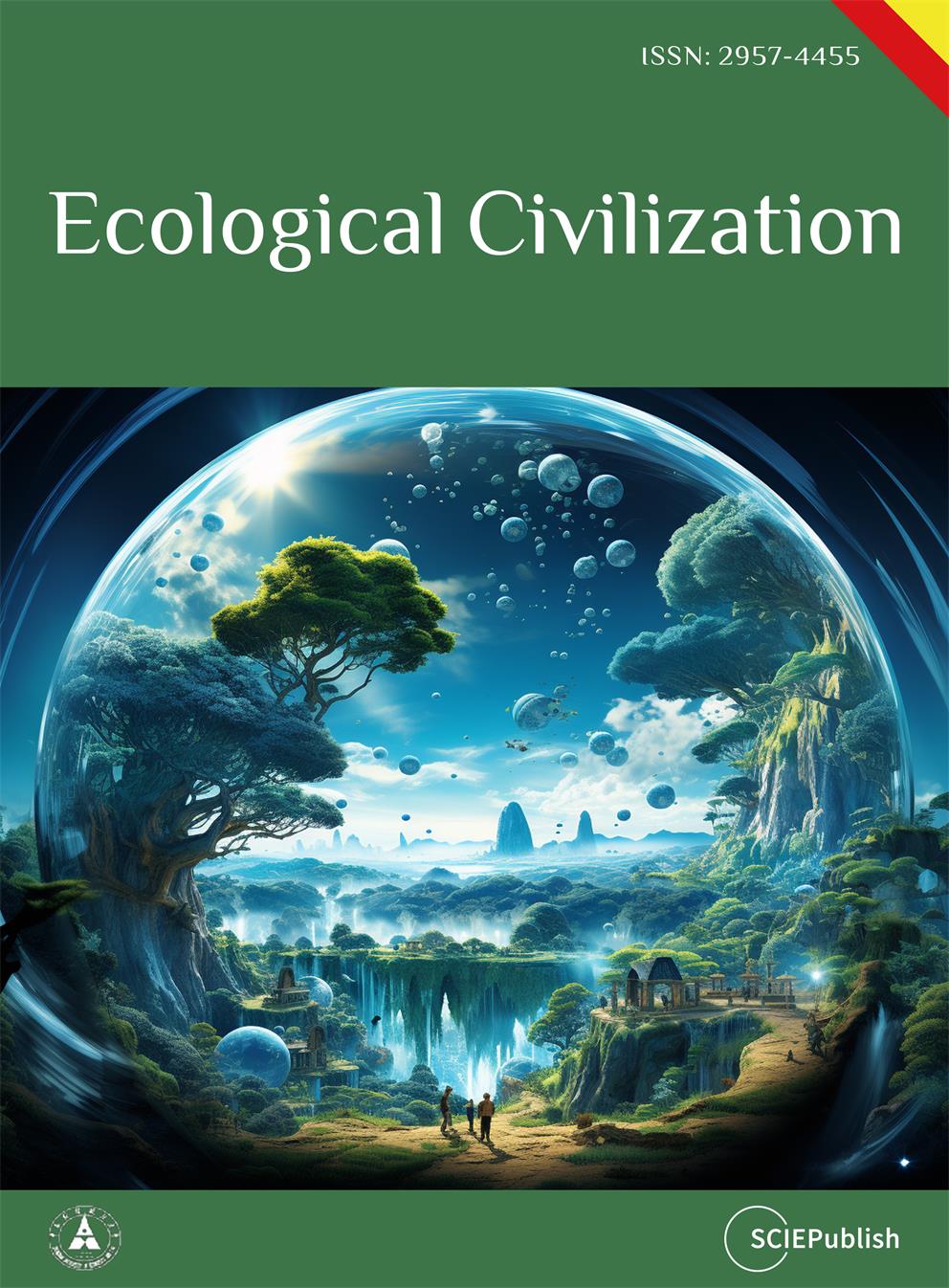
Open Access
Article
21 August 2023Role of Youth in Implementing SDGs Future City in Tosacho, Kochi, Japan
The “SDG Future Cities” established by the SDG (Sustainable Development Goals) Promotion Headquarters of Cabinet Office of Government of Japan, are being expanded to all municipalities in Japan through government support for the efforts of leading municipalities. Tosa town is a small town with less than 4000 people with high aging population and surrounded by mountains in Kochi Prefecture. The town was selected as one of the SDG Future City in 2020. In this paper, through a literature review, interviews with the Tosa Town Office, and a questionnaire survey and interview with residents of Tosa town, we considered what young people need to do to achieve SDG-11. Although Tosa Town has a variety of local government initiatives, the definition of a town where young people can continue to live, as revealed in the literature review, was found to be insufficient in terms of “economic resources,” “decision-making,” “data,” and “knowledge”. However, it was found that “community leaders,” “nature/topography,” and “community/people” are the most important factors for creating a town where people can continue to live. As for future issues, it is necessary to take measures for “decision-making,” “data,” and “knowledge,” as well as to solve issues specific to Tosa town.
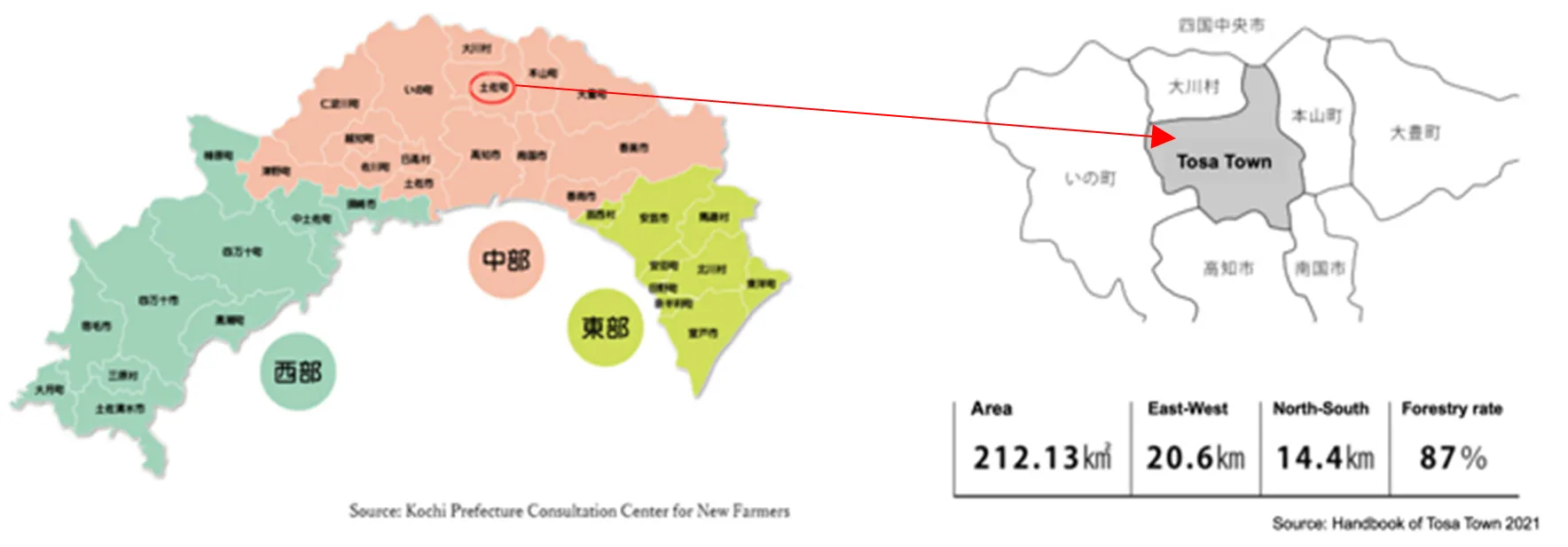
Open Access
Article
28 January 2023Current Challenges to the Sustainable Development of Rural Communities in Russia's Central Chernozem Region
The rural community system in the Central Chernozem Economic Region in Russia is undergoing a radical transformation under the interrelated influence of fundamental factors that have rendered the development of many communities unsustainable. This paper analyses the role of urbanisation processes in population changes and transformation of rural community systems in the region; determines the level of horizontal mobility among the rural population, as well as its impact on settlement evolution; assesses the share of small and extremely small communities in settlement composition; and outlines these communities’ future development prospects. The authors believe that the socio-demographic “desertification” of peripheral municipalities can pose challenges to rural development: a shortage of labour resources, changes in population quality, and problems of innovation diffusion. The study recommends improving the comfort of the living environment and accelerating the technical re-equipment and automation of agricultural production.
